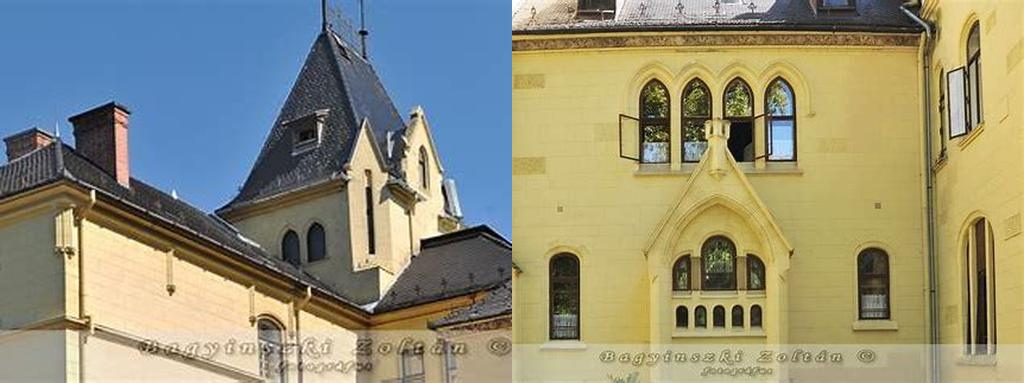
Széchenyi-kastély, quietly nestled in the village of Segesd, southern Hungary, is the sort of hidden historical gem that makes you wonder why you haven’t heard of it before. Brimming with stories of noble families, architectural transformations, and Hungarian cultural legacy, this mansion is a rare survivor from an era when country estates were vibrant centers of social and economic life. If you’ve ever dreamt of wandering through the hushed halls where the pages of history come alive—albeit on a smaller, more intimate scale than royal palaces—you’ll find the Széchenyi-kastély a quietly inspiring excursion.
Though the estate’s early days are a bit hazy, most agree that the original castle on this site likely dates back to the 18th century. The lands were owned by the powerful Széchenyi family, whose influence stretched well beyond the boundaries of this sleepy Somogy county. This was a family that produced titans of Hungarian history, like István Széchenyi, frequently remembered as “the Greatest Hungarian” for his role in shaping the country’s modernization in the 19th century. Though István himself didn’t live here, members of his extended family did, shaping not just the mansion but the life of the surrounding village.
The mansion’s longest-standing incarnation dates to the turn of the 19th century. Built in a restrained yet stately Baroque style, it fits harmoniously into the low-rolling landscape, its white-washed walls and neat rows of windows watching quietly over centuries of change. The estate originally served as the main residence and administrative center for the family’s vast agricultural holdings. The pastoral tranquility of its setting is no accident—noble families of Hungary designed their manors as both refuges from city life and as working hubs at the heart of rural communities. The Segesd estate, notably, became a center where innovation in farming and estate management was undertaken, reflecting the aspirations of the nobility in early-modern Hungary.
Walking through the current mansion, which sits amid a serene park of ancient trees, you can see traces of these centuries layered together. After being damaged during the seismic shifts of the 20th century—especially during and after World War II—the mansion underwent periods of neglect and repurposing, at one point serving as a school. This all changed in the late 20th and early 21st centuries, as careful restoration efforts brought its quiet dignity back, though the building now houses local institutions rather than noble families.
Rather than a glittering, untouched aristocratic fantasy, what makes a visit to Széchenyi-kastély truly worthwhile is its lived-in, layered authenticity. You can wander its corridors and still see high-ceilinged rooms hinting at their former grandeur. Tall double doors, wrought-iron banisters, and the odd rescued period detail sit alongside evidence of decades of practical use—a juxtaposition as honest as it is affecting. Imagine the mansion as a living history book, never pretending to be something it’s not.
Stepping outside into the park, the scale of the estate’s original ambition becomes clear. Mature plane and chestnut trees, laid out in stately avenues, offer cooling shade in the Hungarian summer. Listen carefully and you might catch the echo of horse-drawn carriages, the laughter of summer gatherings, or the measured tread of estate workers heading to the fields. Here, away from bustling tourist routes, there’s a magical sense that time is gently layered, not frozen. History isn’t dusted off and polished up to impress, but lived—sometimes imperfectly—by the villagers who’ve called Segesd home for centuries.
Perhaps the most evocative element of the Széchenyi-kastély is its visible connection to local life. Visit on a quiet afternoon and you might hear schoolchildren’s voices echoing in the halls, or catch a glimpse of a local event setting up in the gardens. The building now belongs as much to the community as it does to history. That’s rare in the world of grand houses, which so often become museums frozen in time. Here, the past breathes its way into the present.
A trip to Széchenyi-kastély is a rewarding detour for anyone who values authenticity and subtlety in their historical explorations. You won’t find crowds, velvet ropes, or theatrical re-enactments—just the chance to soak up the sense of time passing quietly, elegantly, through stone, plaster, and tree-lined avenues. And maybe, as you wander back toward the sleepy streets of Segesd, you’ll find yourself contemplating the mansion’s real legacy—not the glitter of its noble past, but the enduring gentle coexistence of history, place, and collective memory.





